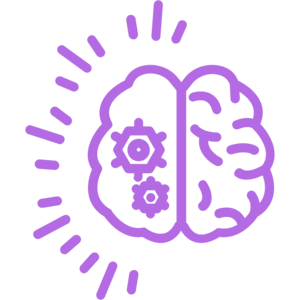Distance Makes The Brain Grow Stronger

Goal
Materials
Instructions
Preparation
Make equal numbers of copies of the two different handouts and arrange them in the same stack with the two versions alternating.
Flow
Distribute the handouts. Give one copy of the handout face down to each participant. Everyone will assume they have the same handout.
Give instructions. Tell the participants that this is an independent activity. Briefly explain that the participants should turn over their handout and solve the problem as quickly as possible. When they think they have solved the problem correctly, they should stand up.
Conclude the activity. After a few minutes, acknowledge the participants who are standing up.
Debriefing
Debrief the activity by revealing that there were two versions of the problem. Read the different versions. Point out that the situations are identical. The only difference is whether the reader is personally involved or not.
Share this creative solution to the problem described in the handout: Split the rope lengthwise, tie the two halves together, and climb down to freedom.
Find out if more participants were able to solve the problem when they thought they were solving it for someone else. Let the participants suggest the principle that the farther away the problem seems from us, the easier it is to think abstractly and to come up with creative solutions.
Ask the participants, “How would you apply this phenomenon to find more creative solutions to your problems?”
Point out that when we have a problem it helps to get advice from others (such as a board of directors, peers from other industries, or a colleague). The different perspectives of the others make it easy to offer solutions that you may not come up with.
Ask the participants, “How would you use this technique to help yourself?”
Suggest that if we imagine we are solving problems for a friend or a stranger, or a historical figure, we may be able to think more creatively and come up with more abstract solutions.
Learning Points
- It's easier to solve problems when there is more psychological distance.
- Creative solutions are influenced by our proximity to the problem.
- When we are close to a problem, we tend to think about it in a realistic way. When we are away from the problem, we are able to think about it in a more abstract way and arrive at more creative solutions.
Attachments
- noun_506914_B36AE2.png
- Distance Makes The Brain Grow Stronger - Handout 2.docx
- Distance Makes The Brain Grow Stronger - Handout 1.docx
Background
Source: Thiagi Group - Tracy Tagliati